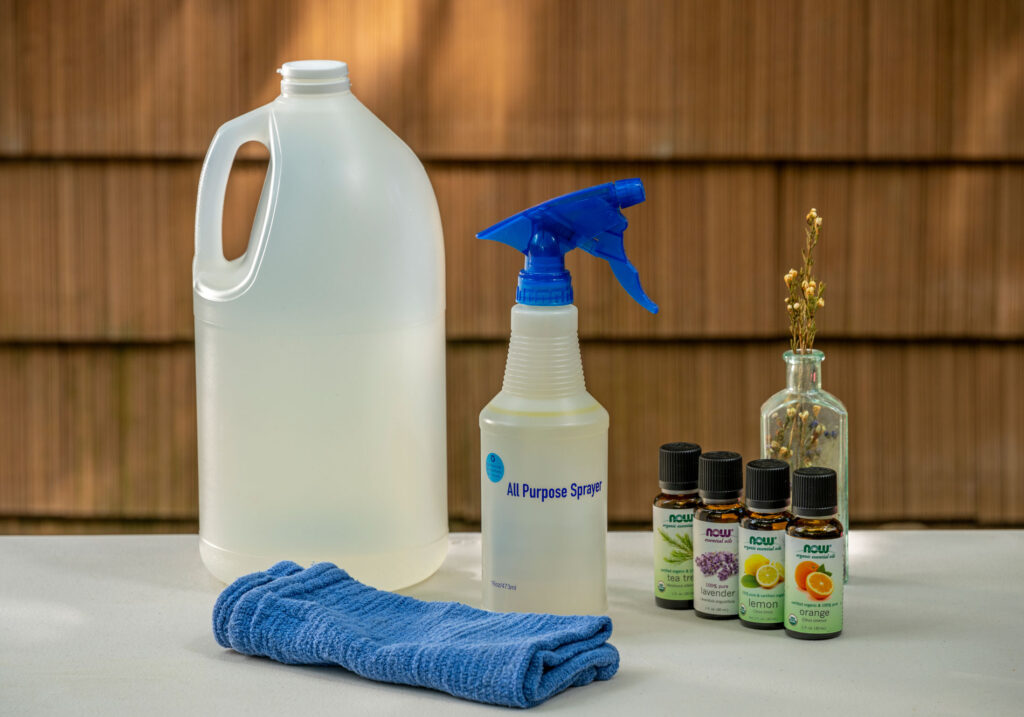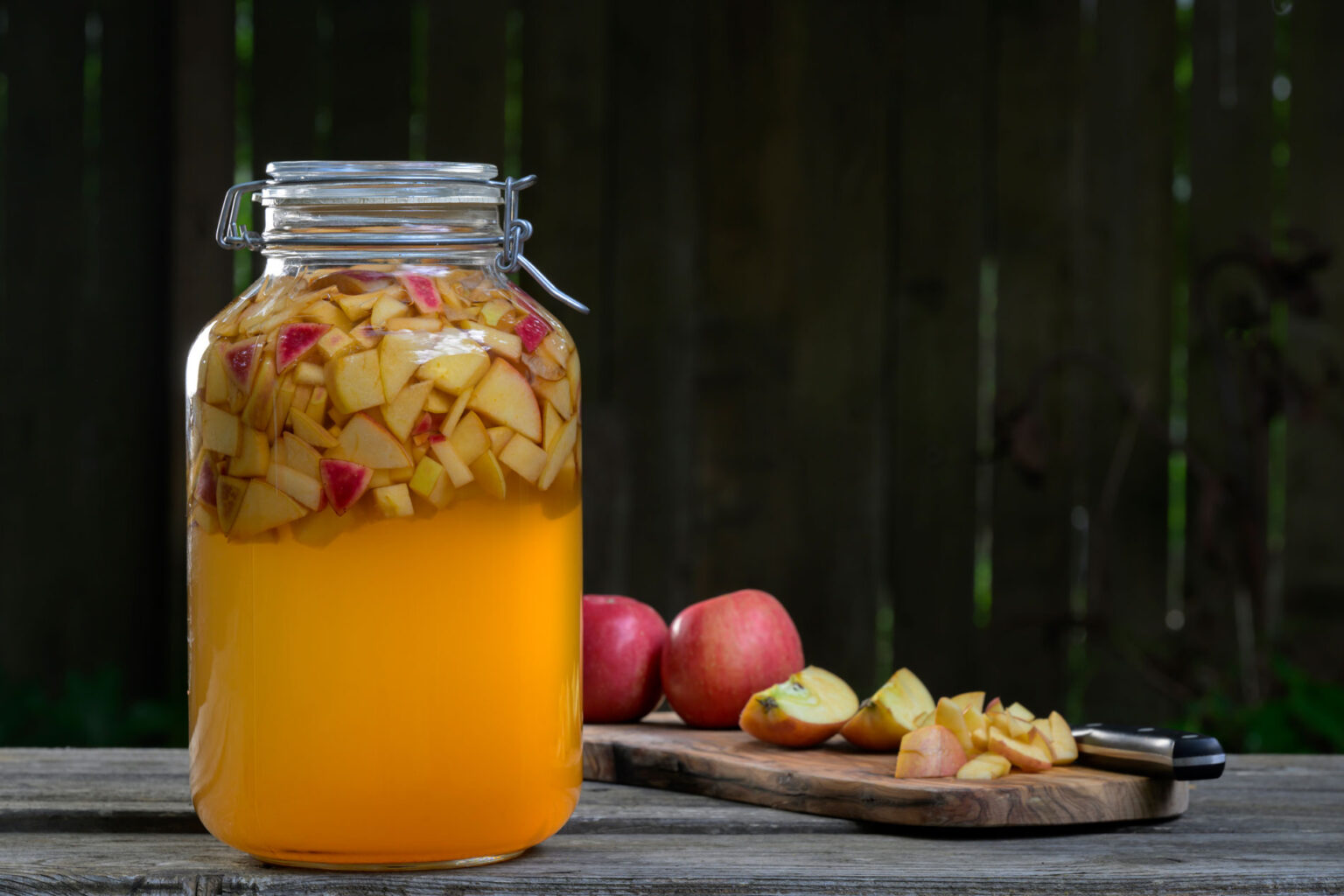Vinegar is a familiar pantry product for most of us, whether we grew up with it as a recipe ingredient or used it to clean stubborn stains and water mineral buildup in our homes. I don’t remember my mom using it very often for cooking, but my great-grandma Brown pickled and canned lots of vegetables. Personally, I gained an appreciation for vinegar when I began making shrub syrups— an old-world process that typically involves fruit, sugar and vinegar. Although I’m not a fan of shooting apple cider vinegar every morning to improve my health, I have now integrated vinegar into my diet and life in a variety of ways.
The history of vinegar is almost as old as wine, which is believed to be the first source of this acidic liquid. Legend attributes the discovery to wine turning sour after being left too long in the fermentation vat. And the word “vinegar” itself is derived from the French word “vinaigre,” translated “sour wine.”

>> The process
Two steps are needed to produce acetic acid and thus create vinegar. First, a sugar-containing product, such as fruit, juice, malted grain or rice, is fermented with yeast in a closed environment. This fermentation converts the sugar into alcohol and CO2. Next, the brew is opened up and exposed to oxygen and bacteria in the air, which converts the alcohol into acetic acid and water. Edible or culinary vinegar, according to the U.S. Food and Drug Administration, contains 4-8% acetic acid. Vinegar specified for cleaning typically falls at 6%, with a water content of 94%. The two most common vinegars today, apple cider and white, both contain about 5% acetic acid.
You’ll find here a recipe for making your own fruit vinegar with a little fermentation help, but please note: homemade vinegar produces a “mother.” Think kombucha, which is made in a single step that allows both yeast and bacteria to create a culture — a mother SCOBY (symbiotic culture of bacteria and yeast) — on top of the liquid. The same conversions happen, but in a slightly different way. Vinegar also produces a SCOBY, and, if you enjoy making kombucha, you might be ecstatic about this. If not, be warned that SCOBYs are weird and look like a layered snot pancake. Just saying.
>> Health
In the ancient tradition of Chinese medicine, vinegar is used to process herbs that benefit the body through soothing the liver, preventing blood stasis, relieving pain and purging the organs and tissues of toxins. It’s considered a warming tonic as it can quickly stimulate circulation and even emotional stagnation, particularly in children. Vinegar has also been widely used as a digestive aid, antibacterial balm, wound dressing, cough treatment, cholesterol reducer, weight loss supplement and to help lower blood sugar.
Because of its proven antibacterial and antimicrobial properties, vinegar is an excellent base for surface cleaners. It is also clarifying and can reduce static when added to laundry. I recently swapped liquid fabric softener for distilled white vinegar in my clothes wash cycle. Stains come out easier, fabric is softer, there’s no softener residue buildup, and dryer static is almost non-existent
>> Food
In the kitchen, vinegar is a fantastic preservative, such as pickling, as well as a versatile way to add an acid component to nearly any dish. It can also help break down proteins, such as brining pork with apple cider vinegar, and make oily foods more digestible. I add a bit of apple cider vinegar to finished bone broth and rich pasta sauces. Vinegars can also be infused with herbs, chiles, spices, fruits and other flavorings, fresh or dried. Adding a little vinegar to sauces and syrups can cut through sweetness, and drinking vinegars or vinegars as a shot or added to drinks can quench thirst more quickly and effectively than plain water.
Check out the Garden to Table section in this issue for a marinade that incorporates vinegar and a quick pickle recipe that can be used with a wide range of vegetables or fruits. N
As seen in the 2024 summer/fall edition
By: S. Michal Bennett
Photography By: Joel Riner



